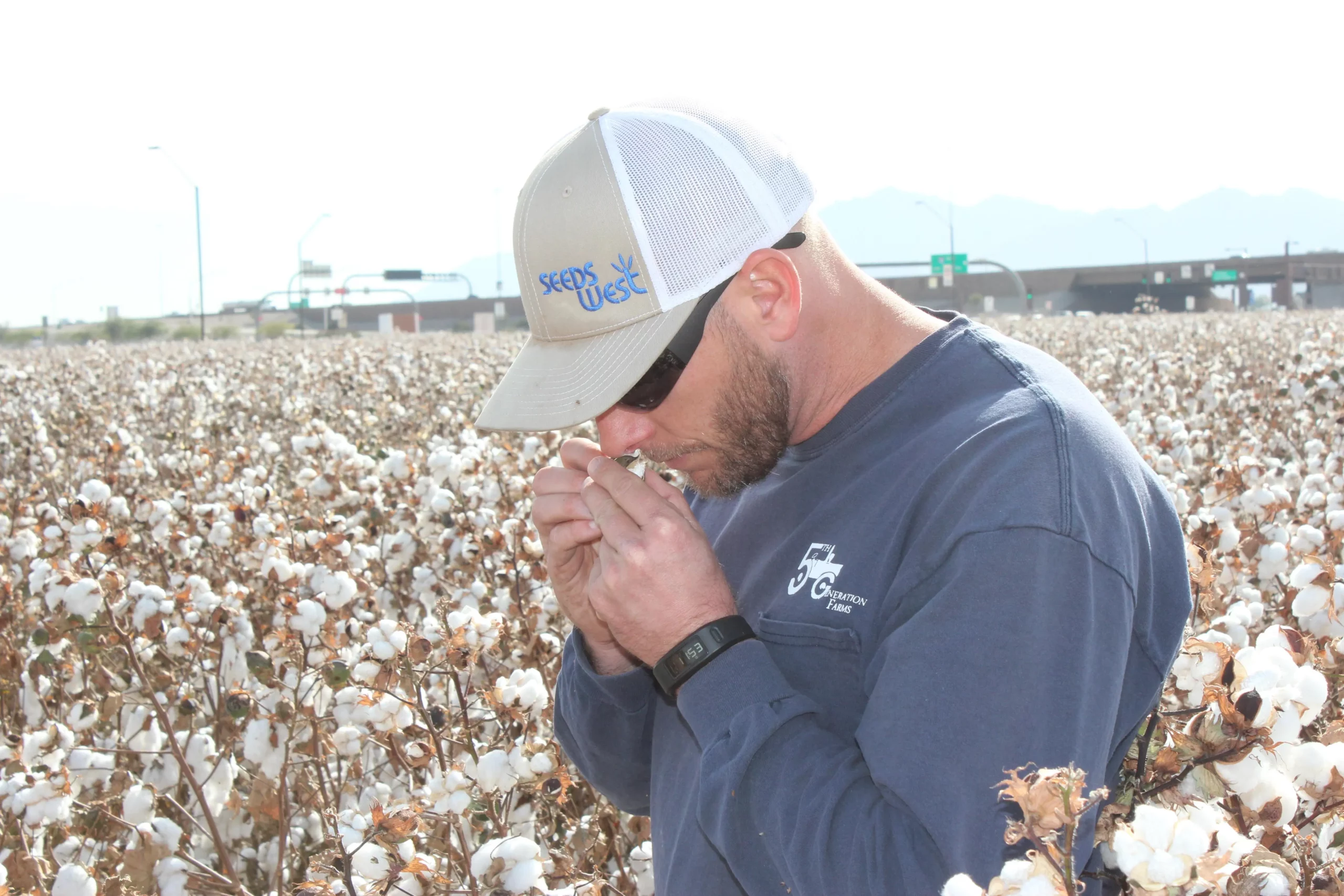In 1893, the Chicago World’s Fair celebrated US textile prowess, highlighting over 200 manufacturers, including 60 cotton specialists.
This event symbolized national pride and industrial promise. Fast forward, the US textile sector’s decline has severely impacted cotton farmers.
From the original 900 mills, only about 100 remain, reveals the National Cotton Council.
This dramatic decrease, with eight closures in late 2023, significantly reduces domestic market opportunities for cotton producers.
Textile reshoring has not been prioritized like other industries, such as semiconductors.
According to the Bureau of Labor Statistics, US textile mills are currently processing the smallest cotton volume in 139 years, and employment is at its lowest in decades.

As domestic demand drops, farmers turn to the international market, which has been in decline for the third consecutive year.
Cheaper overseas production and synthetics, alongside policy shifts like the 2016 Tariff Act amendment, have cut into US cotton usage.
Parkdale Mills CEO Andy Warlick says the industry’s economic challenges are unprecedented.
With many mills operating below capacity, the closure of 1888 Mills in Georgia highlights these struggles.
Despite brief recoveries, like in the 1990s, global competition and policy changes have continuously eroded the US textile market.
However, some old mills are finding new life in projects like the transformation of North Carolina’s oldest cotton mill into a rum distillery and event space.
These efforts signal a potential for rebirth, showcasing the industry’s resilience and ongoing evolution despite facing significant challenges.

